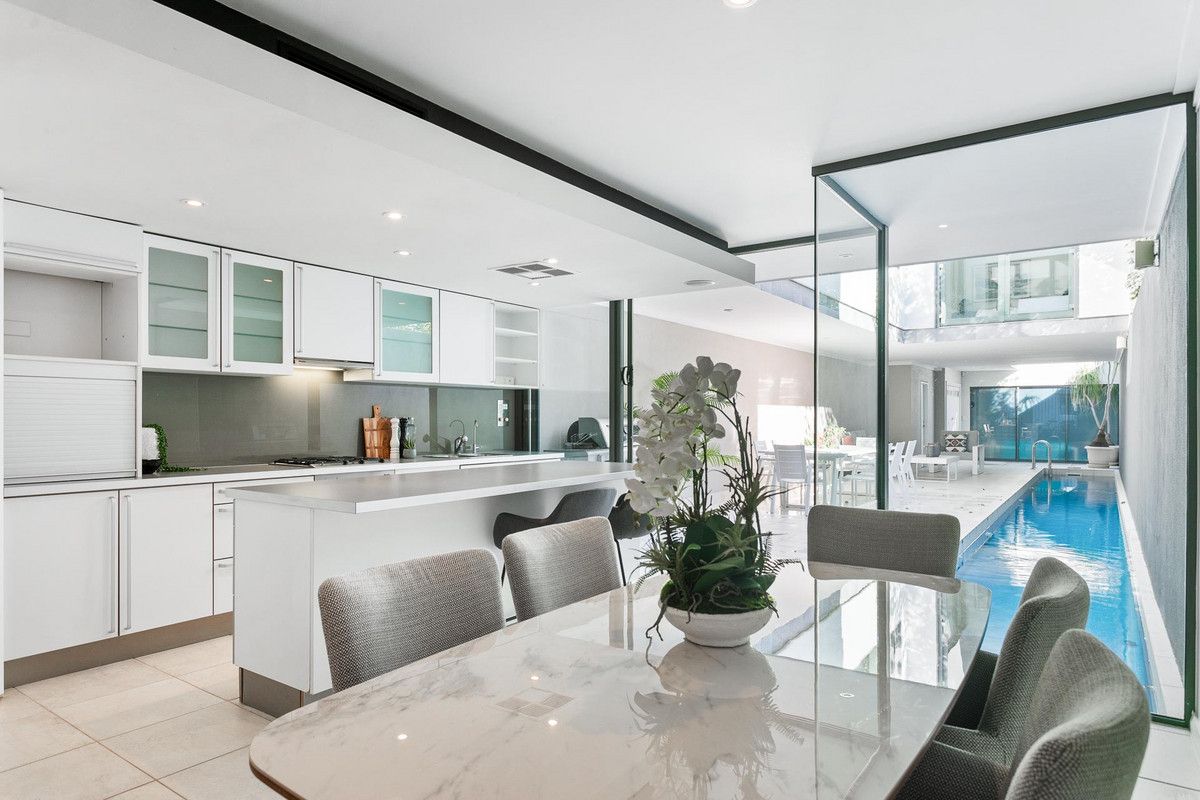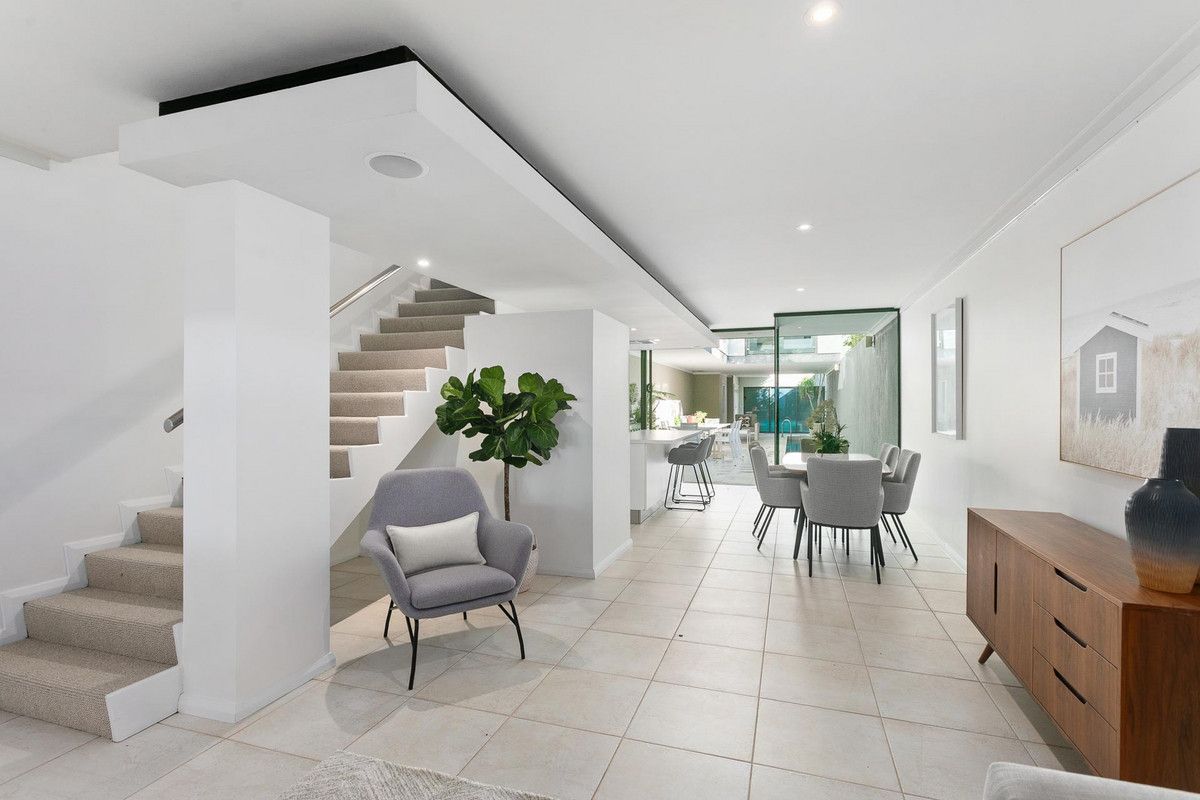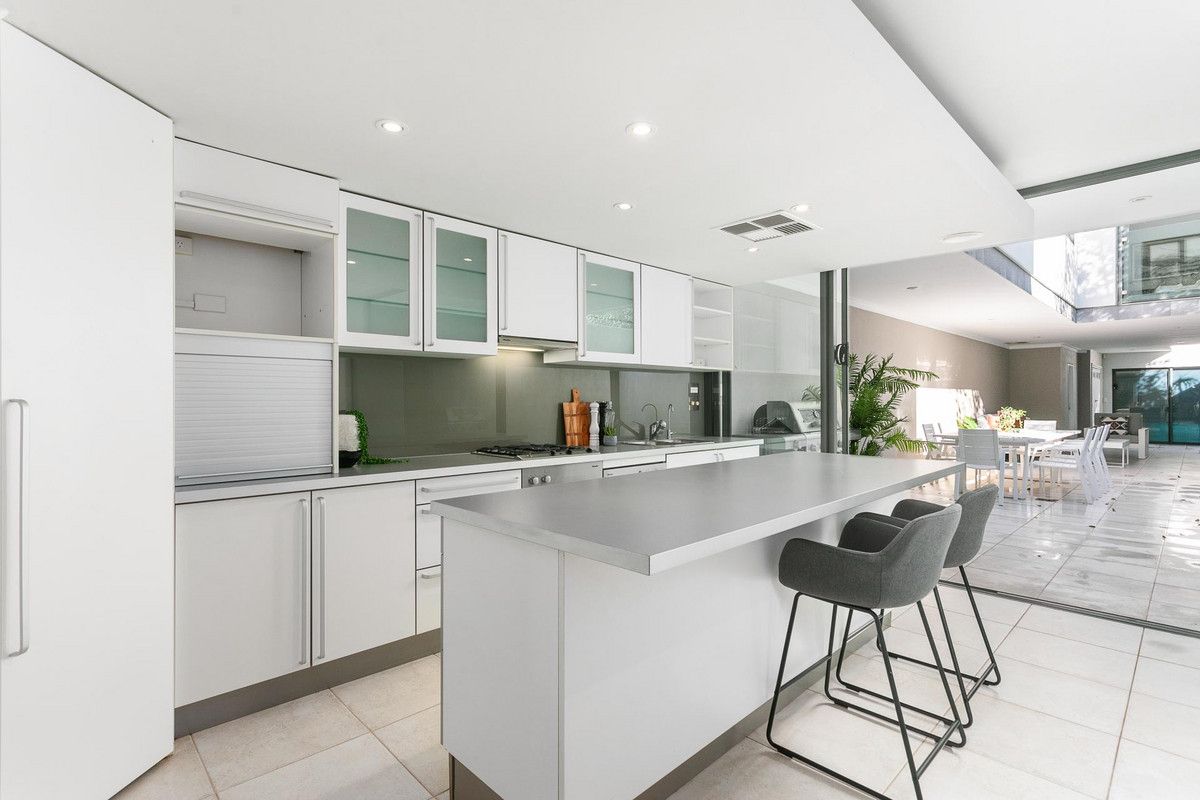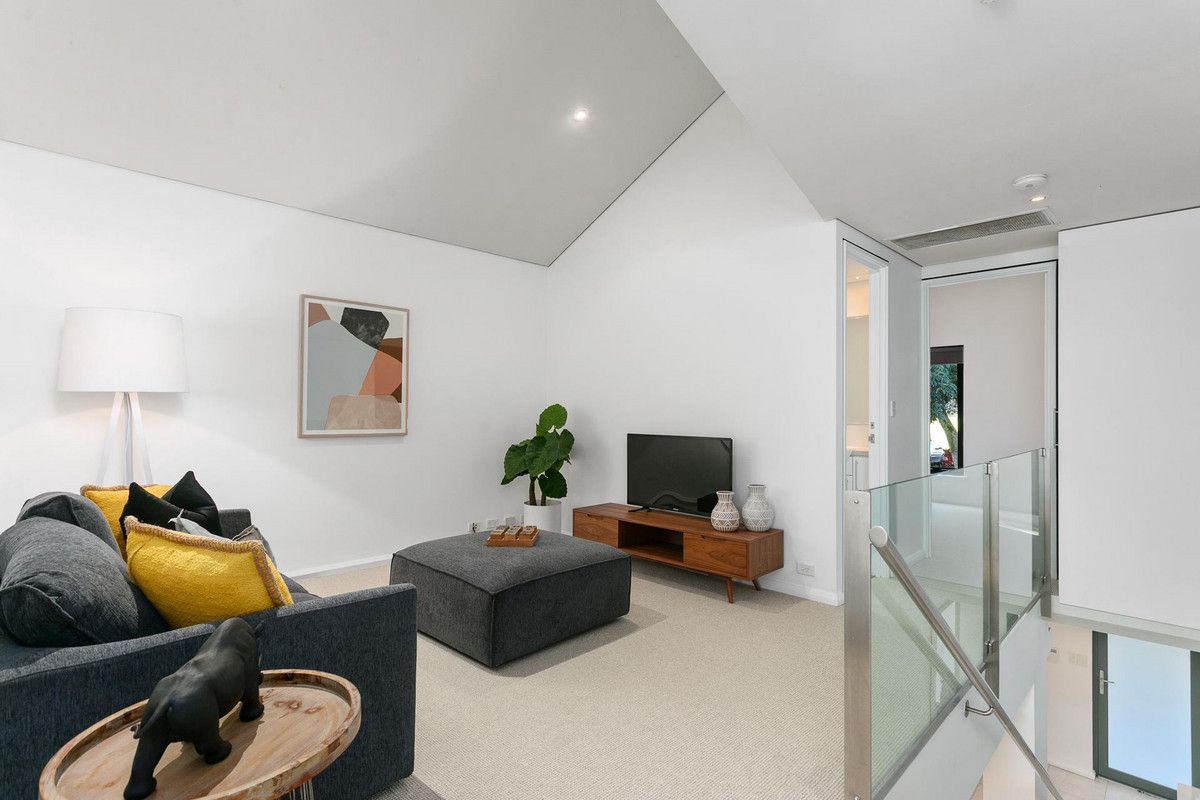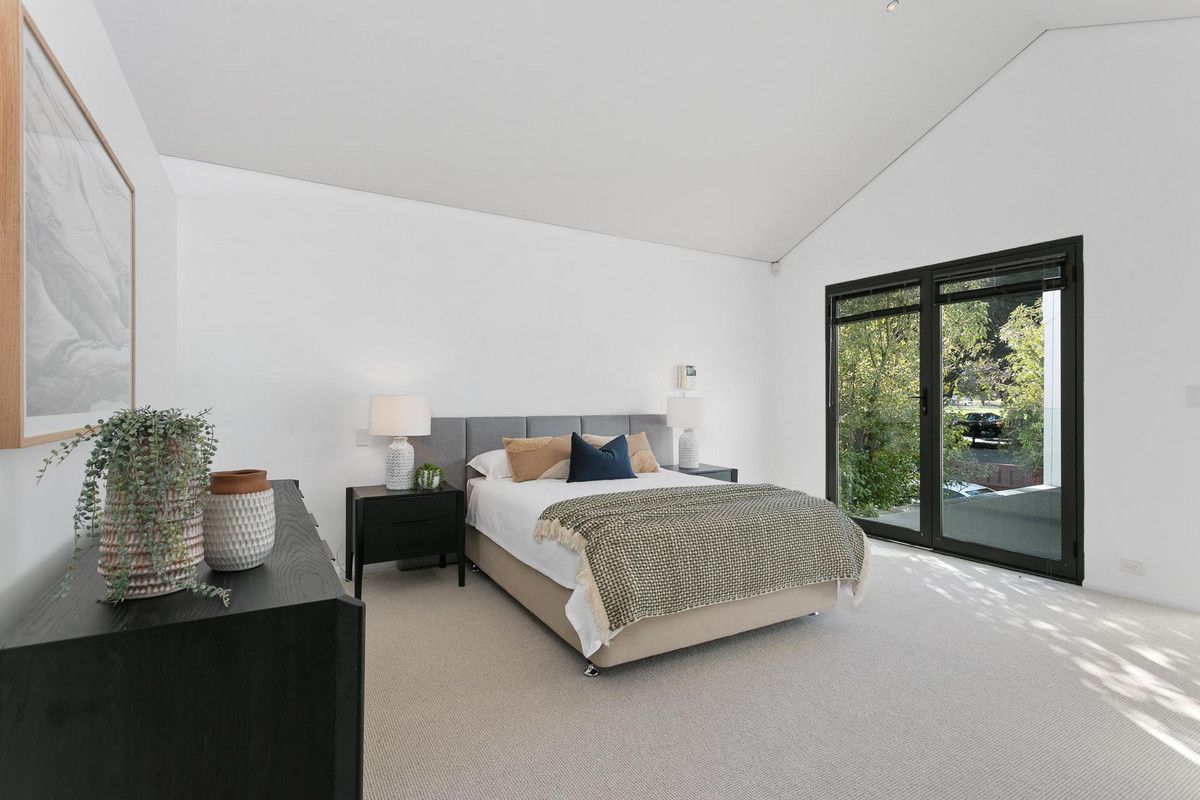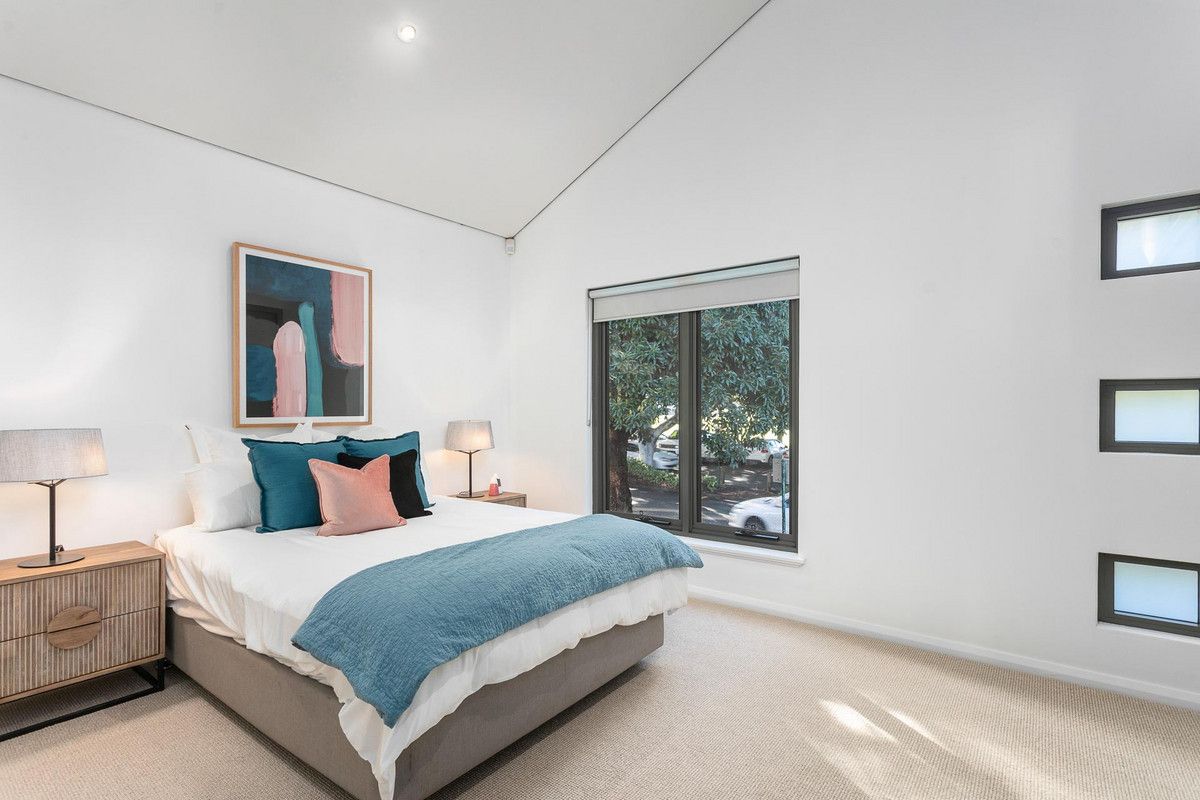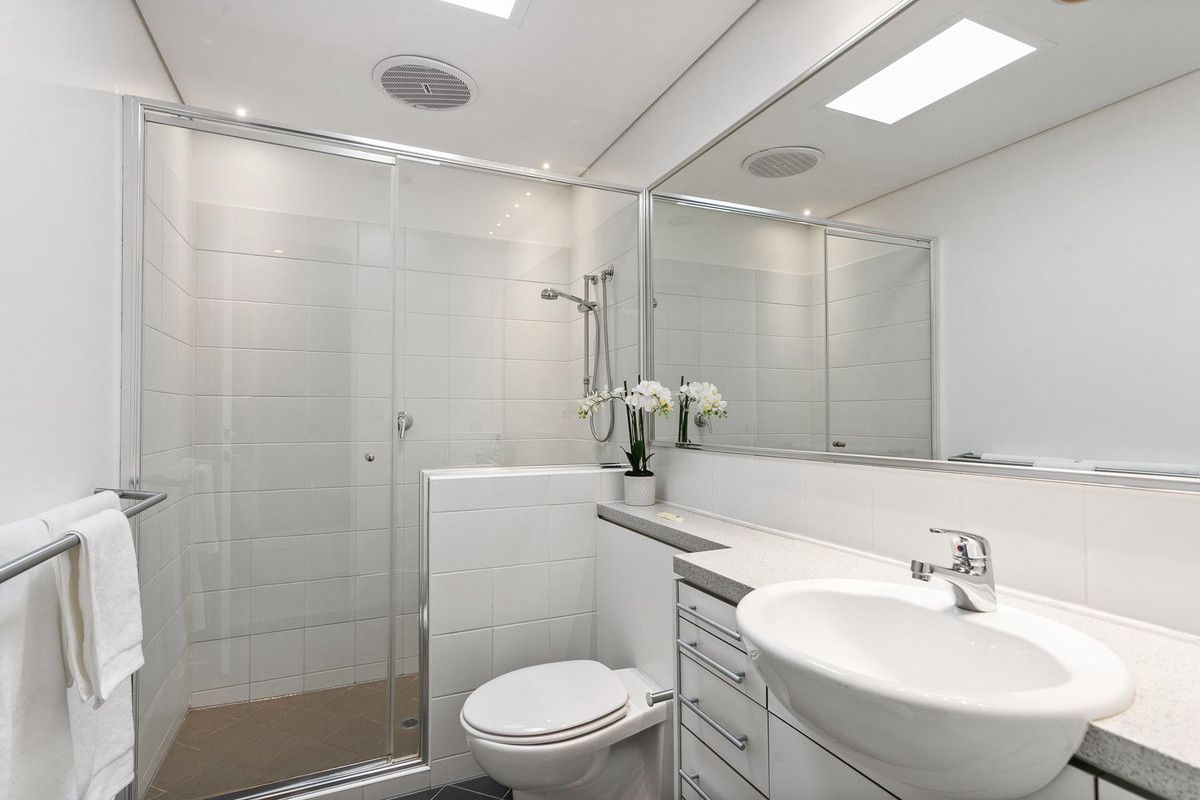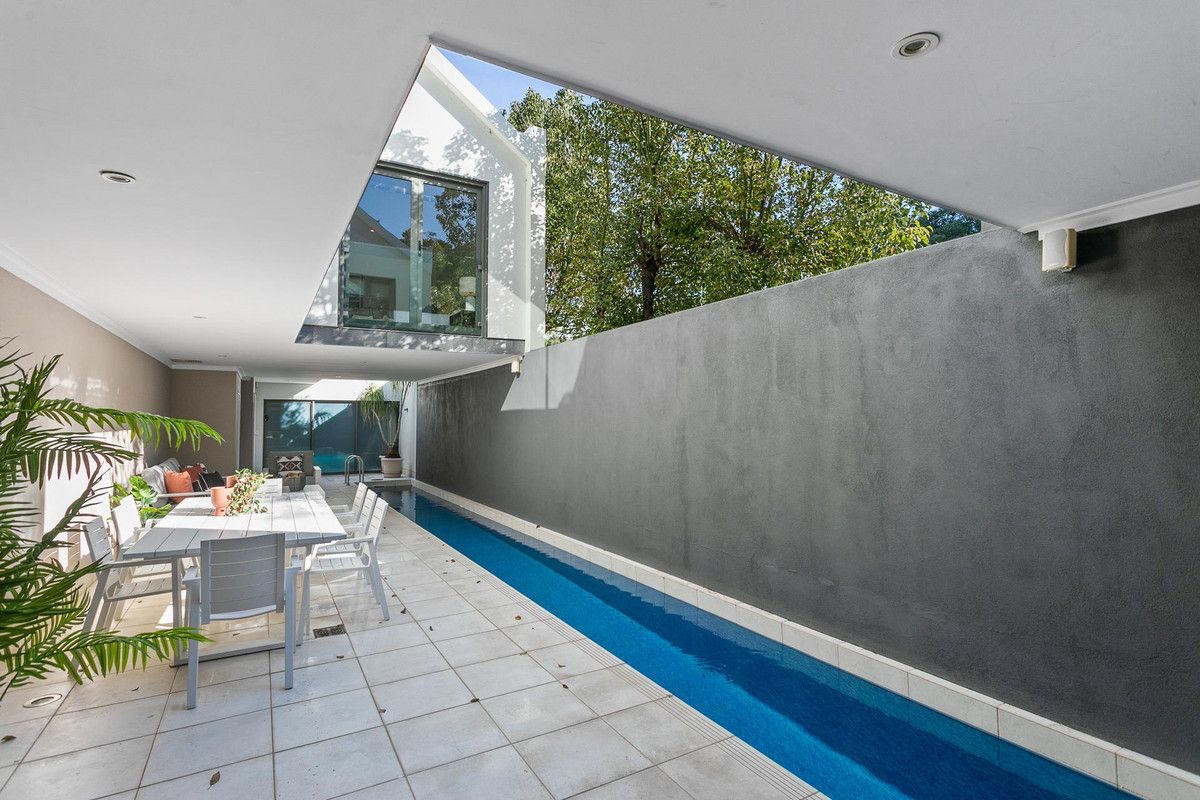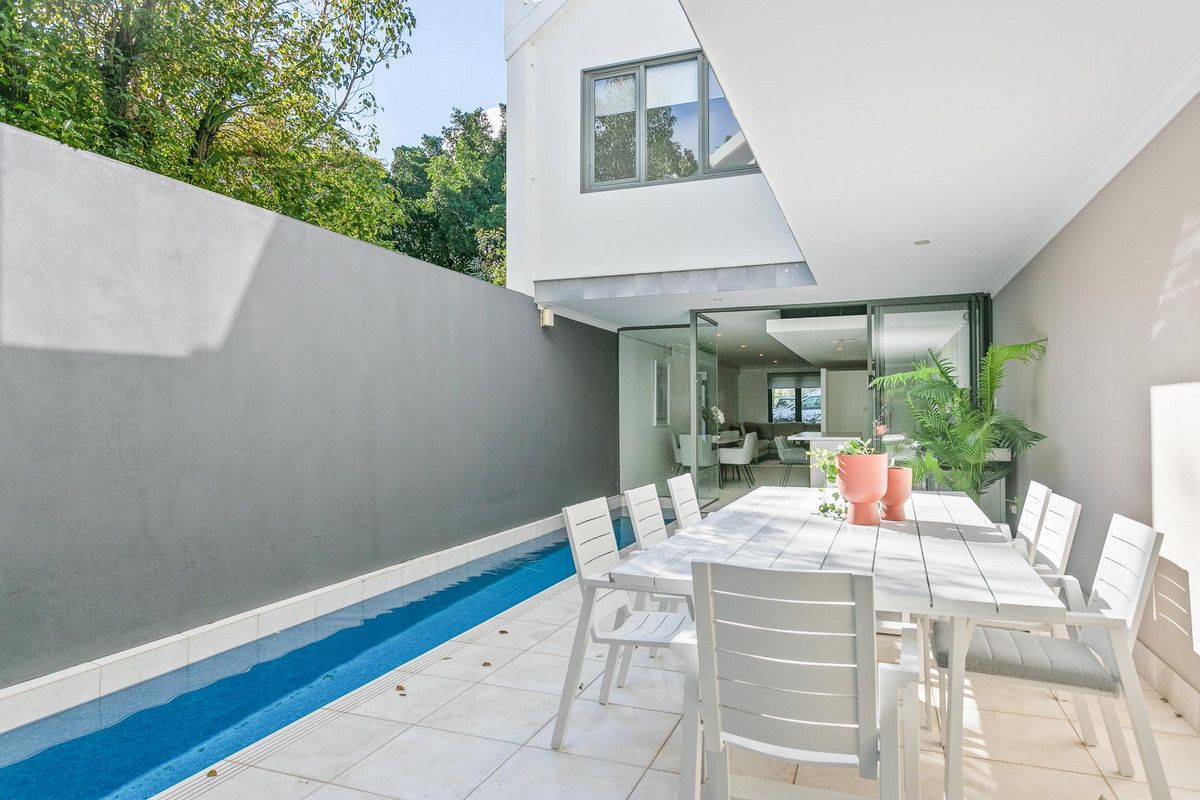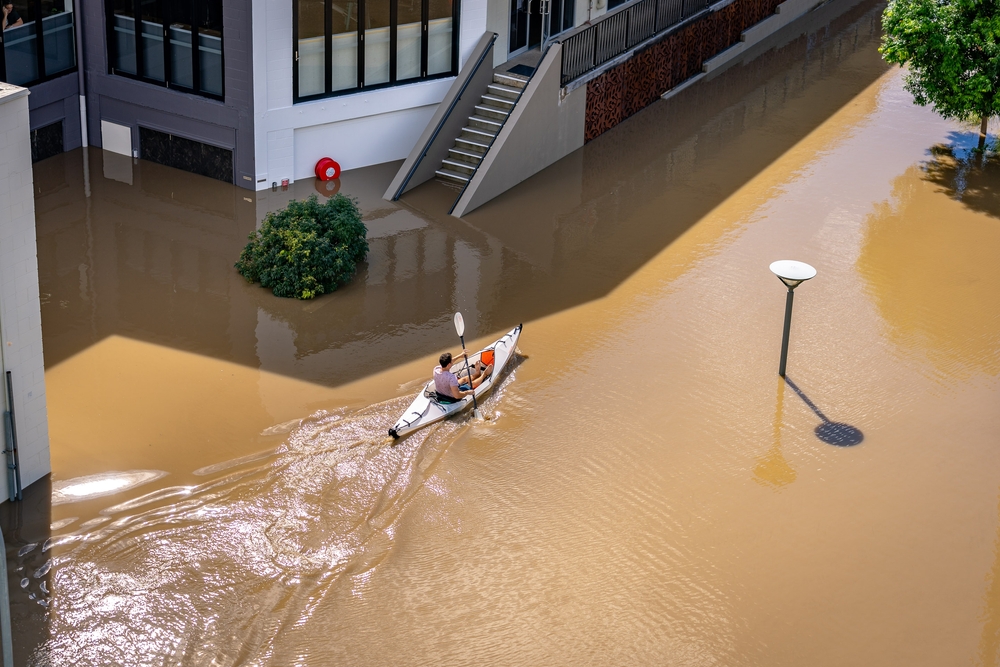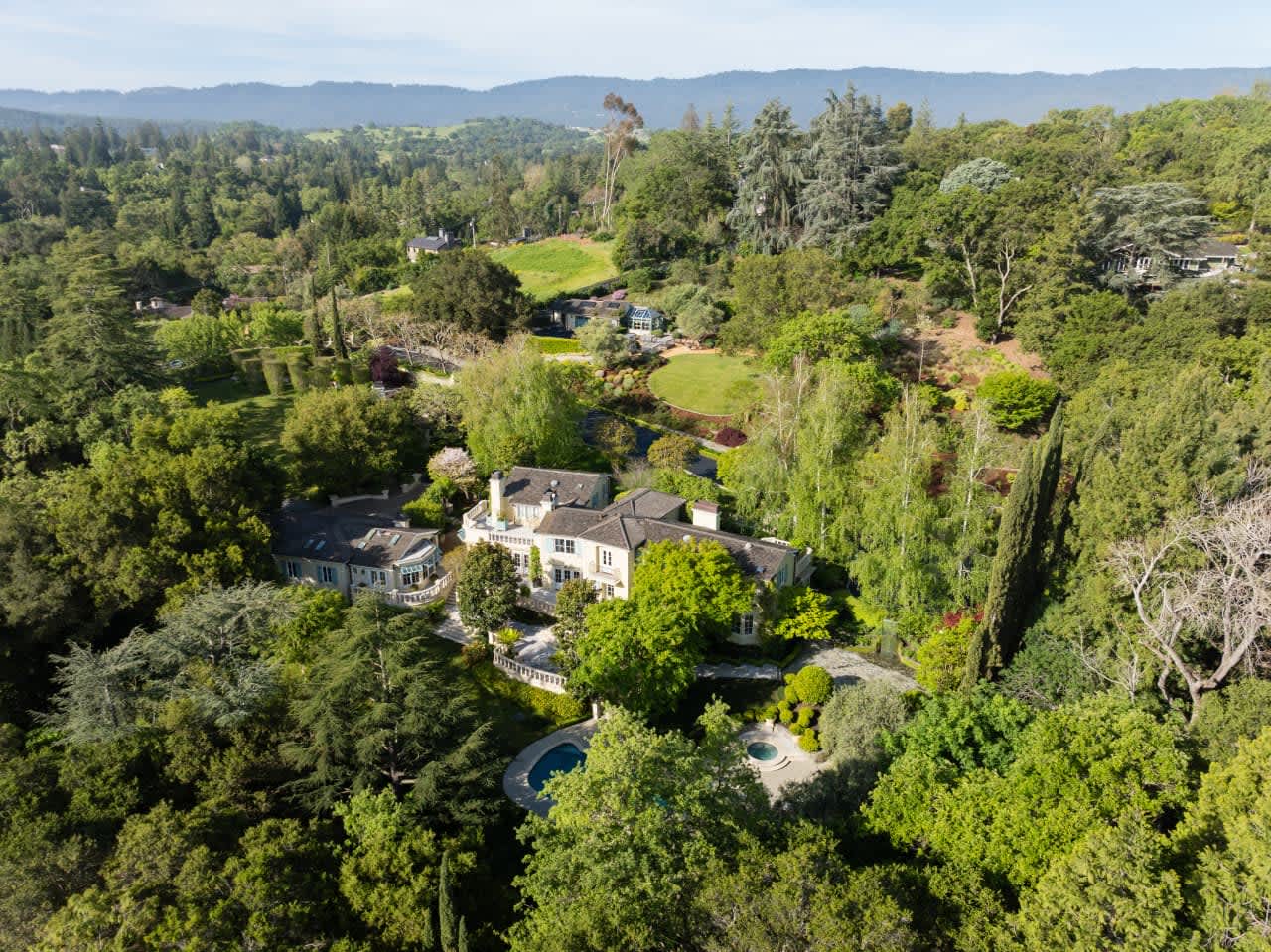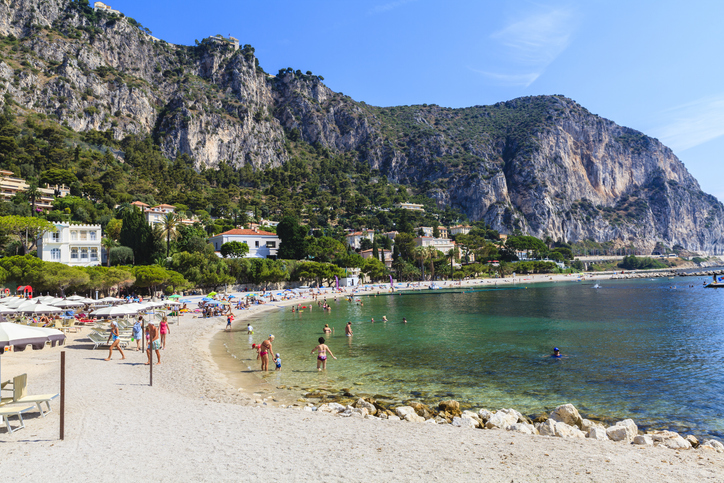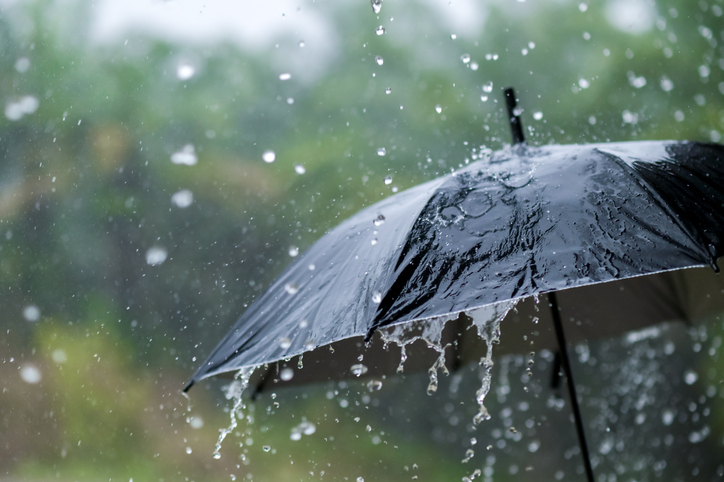Property Of The Week: 167 Derby Road, Shenton Park, WA
Stylish low-maintenance living just outside of Perth’s CBD.
Located west of Perth, in the parkside suburb of Shenton Park comes this stylish, modern abode.
Offering 3-bedrooms, 3-bathrooms and a 2-car garage, the house is fitted with a number of modern adornments and boasts a flexible layout.
Here, one finds a seamless indoor-to-outdoor interaction for year-round effortless entertaining.
Outside, the lap pool adds to the outlook, proving to be a luxurious touch.
Inside, the home offers low-maintenance living, ideal for downsizers.
The kitchen, found in the heart of the home, is fitted with stainless steel appliances and overlooks the outdoor entertaining area via full height glazing.
Upstairs is where the accommodation is found with the master bed isolated on the far end of the home providing a private retreat complete with a built-in-robe and ensuite.
Outside, the rear court sees a laundry and access to the garage.
Located nearby to Lake Jaulbup and Kings Park, the home is only a 5-minute drive to Perth City and 15 minutes to Cottesloe Beach.
The listing is with Duet’s Suzy Costanzo (+61 0402 536 411), POA; duetproperty.com.au
This stylish family home combines a classic palette and finishes with a flexible floorplan
Just 55 minutes from Sydney, make this your creative getaway located in the majestic Hawkesbury region.
The insurance premium gap between flood affected and non-flood affected homes is significant
Climate change is already affecting home values due to the impact of more severe weather events and rising home insurance premiums, and the cost of building is likely to rise as regulatory changes designed to enhance climate resilience alter building codes and zoning laws, according to a new report.
The National Housing Supply and Affordability Council describes climate change as an emerging trend that is raising the cost and complexity of supplying more housing. In its newly released State of the Housing System report, the council discusses how climate change is reducing the value of some homes when major weather events cause flooding or other natural disasters.
“The price differential between flood-affected and non-flood affected homes has been estimated to be up to 35 percent a year after a flooding event,” the report says. “Furthermore, the RBA estimates around 7.5 percent of properties are in areas that could experience price falls of at least 5 percent due to climate change by 2050.”
More than one million households are struggling to afford home insurance, and rates of non-insurance are increasing due to the cost. For example, the Australian Competition and Consumer Commission estimated that 40 percent of homes in Northern Western Australia were uninsured in 2020.
“Climate change is causing home insurance premiums to rise across Australia, adding to already elevated housing costs. Homeowners in areas considered at–risk of natural disasters are expected to see insurance premiums rise further or have difficulty obtaining insurance due to heightened risks.”
More frequent and severe weather events such as cyclones and bushfires, as well as coastal erosion and flooding from rising sea levels, present risks to housing safety. More than 3,000 homes were lost in the 2019-20 bushfire season, causing $2.3 billion in insurance losses. The report says the predicted direct cost of natural disasters to the economy and housing will be $35.2 billion per year by 2050.
Climate change and net-zero targets could raise the cost of building new homes, the report says. “Regulatory changes to enhance climate resilience will alter building codes and zoning regulations.
Developers facing higher compliance costs may have difficulties meeting updated standards, potentially delaying or reducing housing availability.”
However, the report says the increased cost of building a home with climate-resistant materials and eco-friendly features is more than offset by lower energy costs over a property’s lifetime. The current minimum energy efficiency requirements within the National Construction Code are estimated to deliver a household–level benefit-to-cost ratio of 1.37, according to the report.
Consumers are going to gravitate toward applications powered by the buzzy new technology, analyst Michael Wolf predicts
This stylish family home combines a classic palette and finishes with a flexible floorplan









